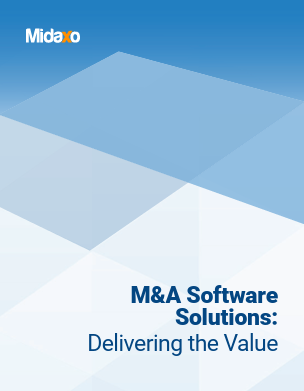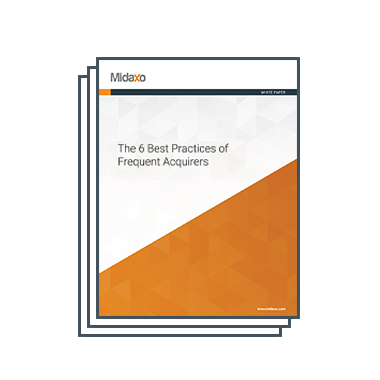“The first rule of any technology used in a business is that automation applied to an efficient operation will magnify the efficiency. The second is that automation applied to an inefficient operation will magnify the inefficiency”.
– Bill Gates.
With more technology entering the M&A space, practitioners must proceed with caution and fight the urge to use technology as a band aid for larger problems, or the urge to jump on the latest tech-inspired band wagon. Taking into account Gates’ “rules,” technology, undoubtedly, has changed the M&A landscape and has the power to boost efficiency, but with more technology has come the potential for increased blurring of the line between process management and project management. In fact, examine the marketing materials for many M&A tech and tool companies, and you will find the terms used almost interchangeably. While there can be overlap between the two, process management and project management are two distinct processes with significant differences. Below we compare and contrast the two and point to their uses within M&A.
What is Process Management?
The M&A process stems from the cultivation of an overarching deal strategy all the way to the closing of the deal and carrying out the work of PMI (post merger integration). With this in mind, M&A process management is the analysis of the methods and best practices utilized when executing a deal and moving it through the pipeline.
Defining characteristics and activities of M&A process management include:
- Focus on optimizing efficiency and consistency
- Ongoing process with no definitive end
- Supervision and communication of the entire process end-to-end
Benefits of robust process management:
- Reduced risk
- Increased productivity
- Coherence and organization across all deals
- Clear expectations for team members and stakeholders
- The ability to learn from past deals via retrospectives
What is Project Management?
Project management is oversight of a specific effort or task, offering a “bird’s eye” view of a project as a whole. Projects have defined beginnings and ends; therefore, the project manager runs governance, manages information, allocates resources, and leads teams throughout the project’s tenure.
Defining characteristics of project management include:
- Time bound
- A distinct completion point
Benefits of robust project management:
- Enhanced team collaboration
- Heightened oversight
- Increased customer satisfaction
What is the difference between Process Management Technology and Project Management Technology?
Process management technology, especially when it comes to mergers and acquisitions, should be adaptable to your company’s best practices while providing a scaffold for end-to-end organization and oversight. It ideally facilitates programmatic M&A and thereby, successful serial acquisitions. There are very few M&A process management platforms that truly provide end-to-end coverage, as well as analytics and reporting that can transform a company’s M&A process.
Project management platforms are slightly more siloed and focus on a specific area or project run within the process. Trello and Jira, for instance, are popular project management software platforms used for kanban boards for kick-off meetings, product launches, and new marketing campaigns.
Final Thoughts:
While process and project management differ, both are required for efficient and effective work streams. The complexities of M&A can be lessened with a process management platform that also encompasses thoughtful project management features and oversight. The best process management tools also facilitate the creation of a winning deal-making “formula” within a company — creating ease and repeatability for serial acquisition.





